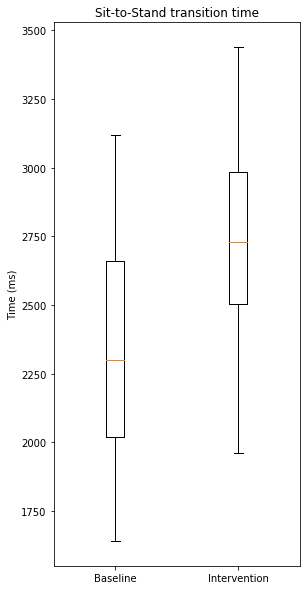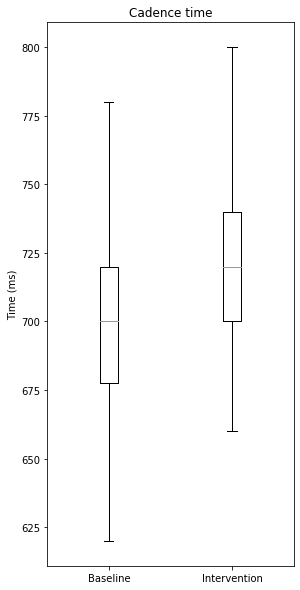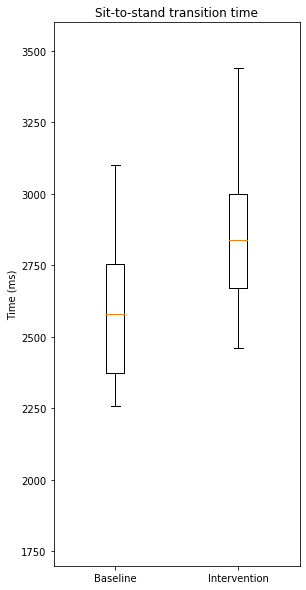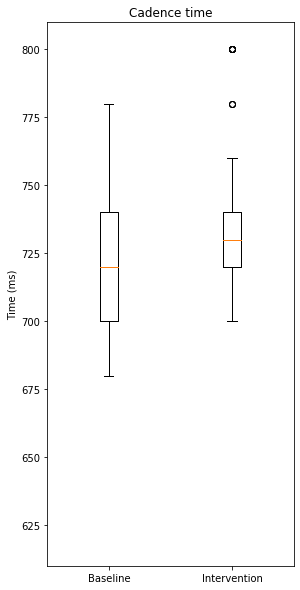Category: Technology
Objective: To reduce variability in home based wearable sensor measures by automatically adding environmental context using wireless beacons.
Background: Wearable sensors can provide continuous quantification of patient symptoms in a home setting but variability caused by the home environment, eg room size and temperature, location within the home, presence of family members, can mask changes due to disease progression and treatment.
Our contextualized wearable (CW) includes accelerometer, magnetometer, gyroscope and pressure MEMS sensors. It automatically adds context of data collection by receiving Bluetooth Low Energy broadcasts from multiple environment beacons in the home that label the room, and provide its ambient temperature. Beacons may also be worn by family members or carers to determine who the patient is with.
Method: 3 normal subjects, wearing the CW, moved around a two-room test environment. Room 1 was smaller, with a 45cm chair. Room 2 has a 55cm chair.
The subjects walk around the rooms, sitting down and getting up from the chairs under two conditions. Baseline, and Intervention carrying a 5kg load.
The CW automatically associates each sensor measure with the room and ambient temperature by means of identifying the closest beacon at 1 second intervals. The raw data was processed to quantify step time (cadence) and sit-to-stand transition time.
Results: Figure 1 shows (a) cadence and (b) sit-to-stand for an example subject in the baseline and intervention condition without using context information from the beacon. Compared to baseline, when carrying a load, the median cadence and median sit-to-stand time are increased.
Figure 2 shows the same data but beacon context is used so that only data from room 1 is included in the analysis. The variability is reduced and the benefit can be quantified by calculating the sample size needed to provide 95% power for detecting the impact of the intervention. The effect size (Cohen’s D) was found to increase from 1.33 to 1.77 for sit-to-stand transition time and from 0.23 to 0.37 for cadence time when the context was included, and the sample size reduces by 45% for sit-to-stand transition time and 57% for cadence time.
Conclusion: Incorporation of automatic environment context into wearable sensor measures can reduce variability and reduce sample size required to quantify disease progression or treatment response.
To cite this abstract in AMA style:
D. Hill, T. Tran, T. Le, N. Defranoux, A. Devaux, A. Castillejo, V. Janousek. Adding environmental context to passive wearable sensor data [abstract]. Mov Disord. 2021; 36 (suppl 1). https://www.mdsabstracts.org/abstract/adding-environmental-context-to-passive-wearable-sensor-data/. Accessed March 29, 2025.« Back to MDS Virtual Congress 2021
MDS Abstracts - https://www.mdsabstracts.org/abstract/adding-environmental-context-to-passive-wearable-sensor-data/




